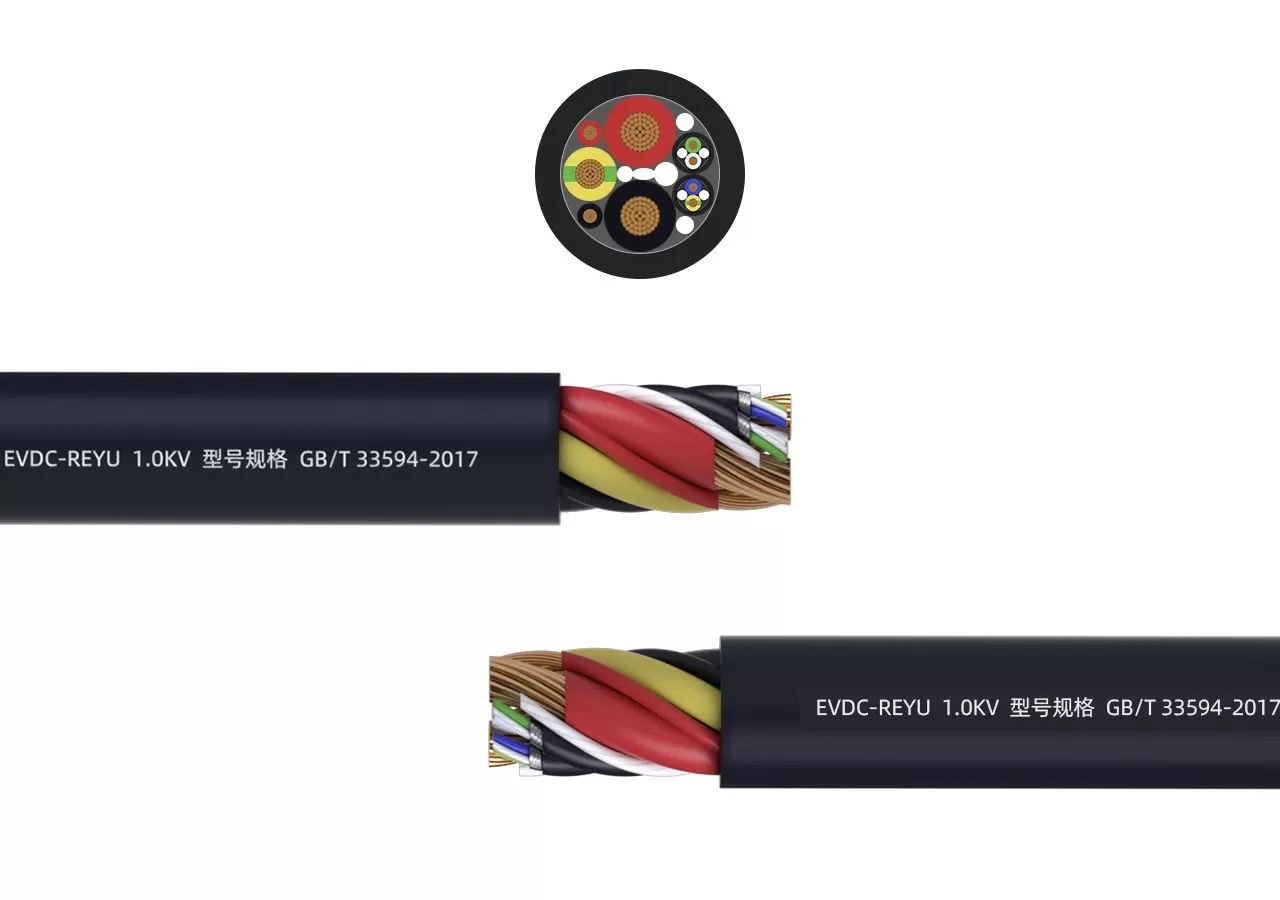What Are the Advantages of Electric Vehicle Charging Pile Cable?
The advantages of electric vehicle charging pile cables include high efficiency, safety, durability, and environmental friendliness. These cables are designed to handle the unique requirements of charging electric vehicles (EVs), ensuring reliable and effective power transfer.
Efficiency of Charging Pile Cables
Charging pile cables are engineered for optimal efficiency, ensuring that EVs charge quickly and effectively. These cables have low electrical resistance, which minimizes energy loss during the charging process. The efficiency of these cables is critical in reducing the overall time required to charge an EV, making it more convenient for users, and promoting the adoption of electric vehicles.
Safety Considerations
Safety is a paramount concern when it comes to EV charging. Charging pile cables are built with multiple layers of insulation and protective materials to prevent electrical hazards. These cables are designed to withstand high voltages and currents, reducing the risk of short circuits and electrical fires. Additionally, they are resistant to environmental factors such as moisture, extreme temperatures, and mechanical stress, ensuring safe operation in various conditions.
Durability and Longevity
Durability is another significant advantage of charging pile cables. These cables are constructed from high-quality materials that provide excellent mechanical strength and flexibility. This construction ensures that the cables can endure frequent use and harsh environmental conditions without degrading. The longevity of these cables reduces the need for frequent replacements, lowering maintenance costs and ensuring a reliable charging infrastructure.
Environmental Friendliness
The environmental benefits of electric vehicle charging pile cables are considerable. By facilitating the use of electric vehicles, these cables help reduce reliance on fossil fuels and decrease greenhouse gas emissions. Additionally, many charging pile cables are made with eco-friendly materials and manufacturing processes, minimizing their environmental impact. The promotion of sustainable transportation through reliable charging infrastructure is crucial in combating climate change and promoting a greener future.
Origins and Development
The rapid growth of the electric vehicle market has driven the development of charging pile cables. As EV technology advanced, the need for robust and efficient charging solutions became evident. Early charging cables were often repurposed from other applications and lacked the specific features required for EV charging. Over time, manufacturers began developing specialized cables designed to meet the unique demands of EV charging, incorporating advanced materials and technologies to enhance performance and safety.
Impact on the EV Industry
The advancements in charging pile cables have had a profound impact on the EV industry. High-quality cables have improved the reliability and convenience of charging infrastructure, making electric vehicles more accessible to the general public. This accessibility has accelerated the adoption of EVs, contributing to a significant reduction in greenhouse gas emissions and air pollution. The increased demand for EVs has also spurred further innovation in charging technology, leading to even more efficient and user-friendly solutions.
In summary, the advantages of electric vehicle charging pile cables include high efficiency, safety, durability, and environmental friendliness. These cables are essential for the effective and reliable charging of EVs, supporting the growth and adoption of electric vehicles. By ensuring efficient power transfer, enhancing safety, providing long-lasting performance, and promoting environmental sustainability, charging pile cables play a critical role in the advancement of the electric vehicle industry and the broader goal of reducing carbon emissions.



评论
发表评论